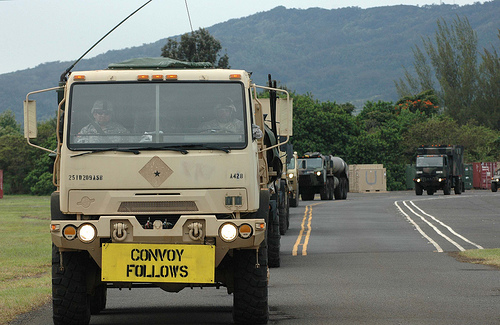Fluctuating Activity at Puʻu ʻŌʻō Last Week
On Thursday at about 3 p.m., a small lava flow began to intermittently flow from the south vents within Puʻu ʻŌʻō crater.
The flow has since become inactive, but spent late last week and the weekend as active.
Hawaiian Volcano Observatory noted that the small flow was active intermittently on Friday and Saturday before beginning to ooze minimally on Sunday and Monday.
As of 9:05 a.m. Tuesday morning, the flow was inactive as weak inflationary ground tilt began to be recorded on the north flank of Puʻu ʻŌʻō over the past day.
HVO says that seismic activity remains at background rates in the area.
In addition, lava began to erupt at 8:15 a.m. on Wednesday from a spatter cone within the south embayment in the Puʻu ʻŌʻō crater.
A portion of the crater floor was covered by the eruption before it stalled at about 3 p.m. It reactivated between 6 p.m. and 9 p.m. on Wednesday.
Kilauea continues its ongoing summit eruption with a circulating lava lake. The lake dropped to about 108 feet below the rim of the Overlook crater Tuesday morning. Last week, Kilauea’s lava lake also made news when it rose high enough to be visible for the first time since last May.
All activity is considered normal, according to HVO.

A closer look at the active flow in Puʻu ʻŌʻō crater, with a small vent in the distance throwing spatter. USGS/HVO photo taken March 4.

A vent in the southern portion of Puʻu ʻŌʻō Crater contained a small lava pond and was throwing spatter a short distance. USGS/HVO photo taken on March 4.

Small vents in the southern portion of Puʻu ʻŌʻō crater have been active recently, and erupting new lava flows onto the floor of the crater. USGS/HVO photo taken on March 4.

















